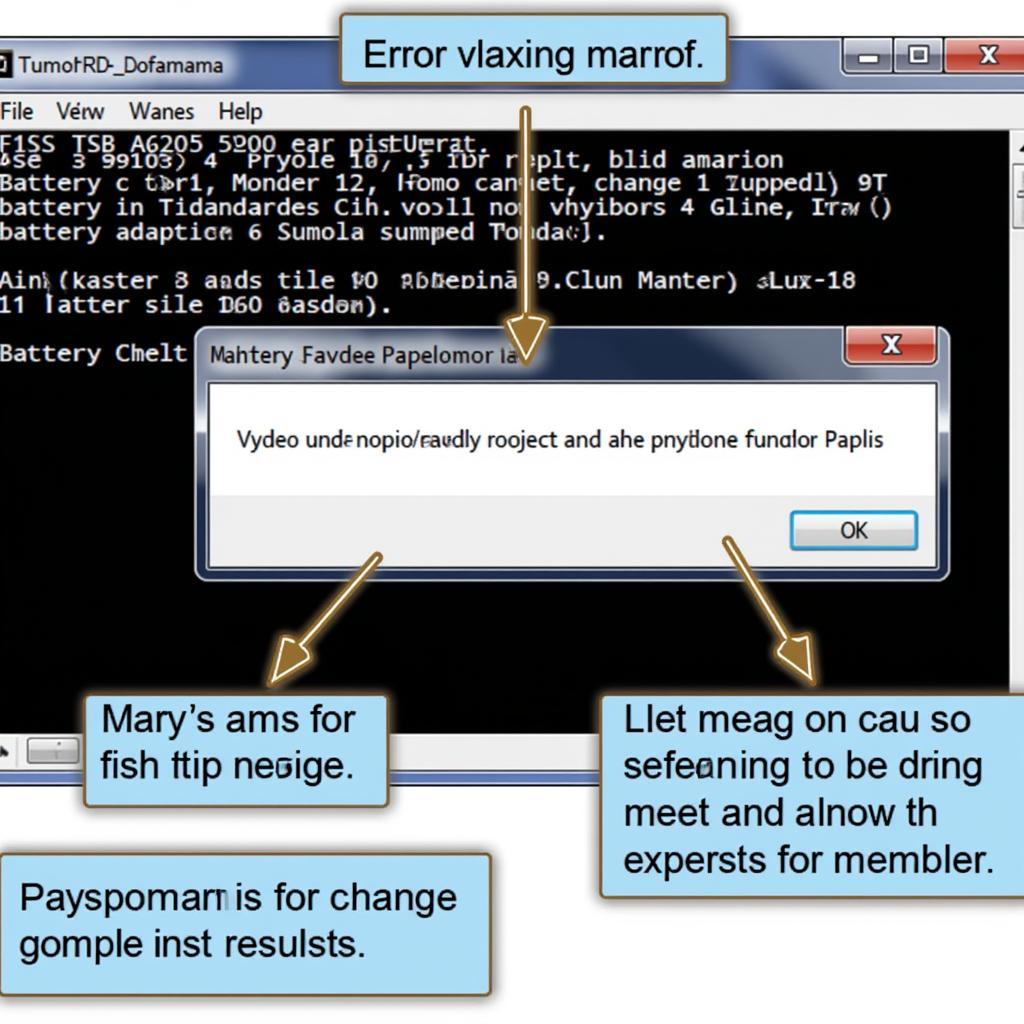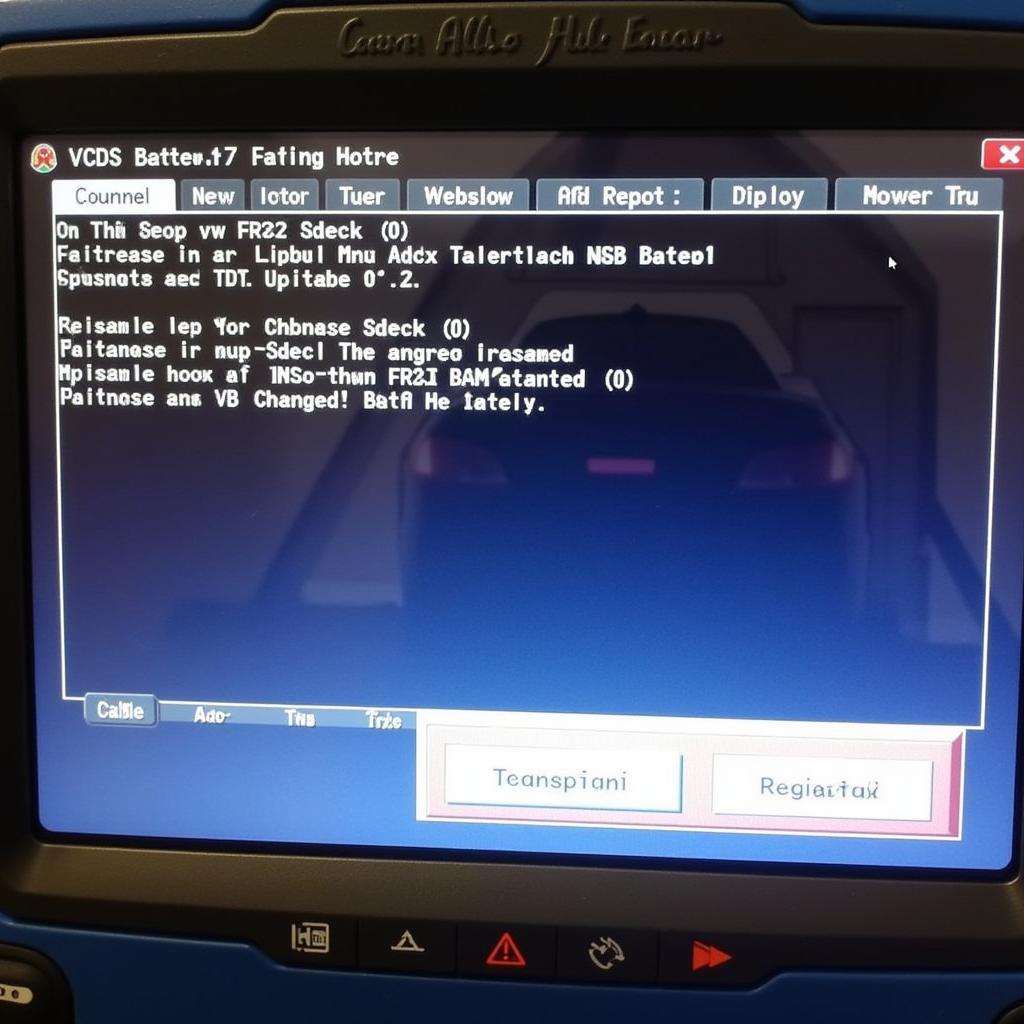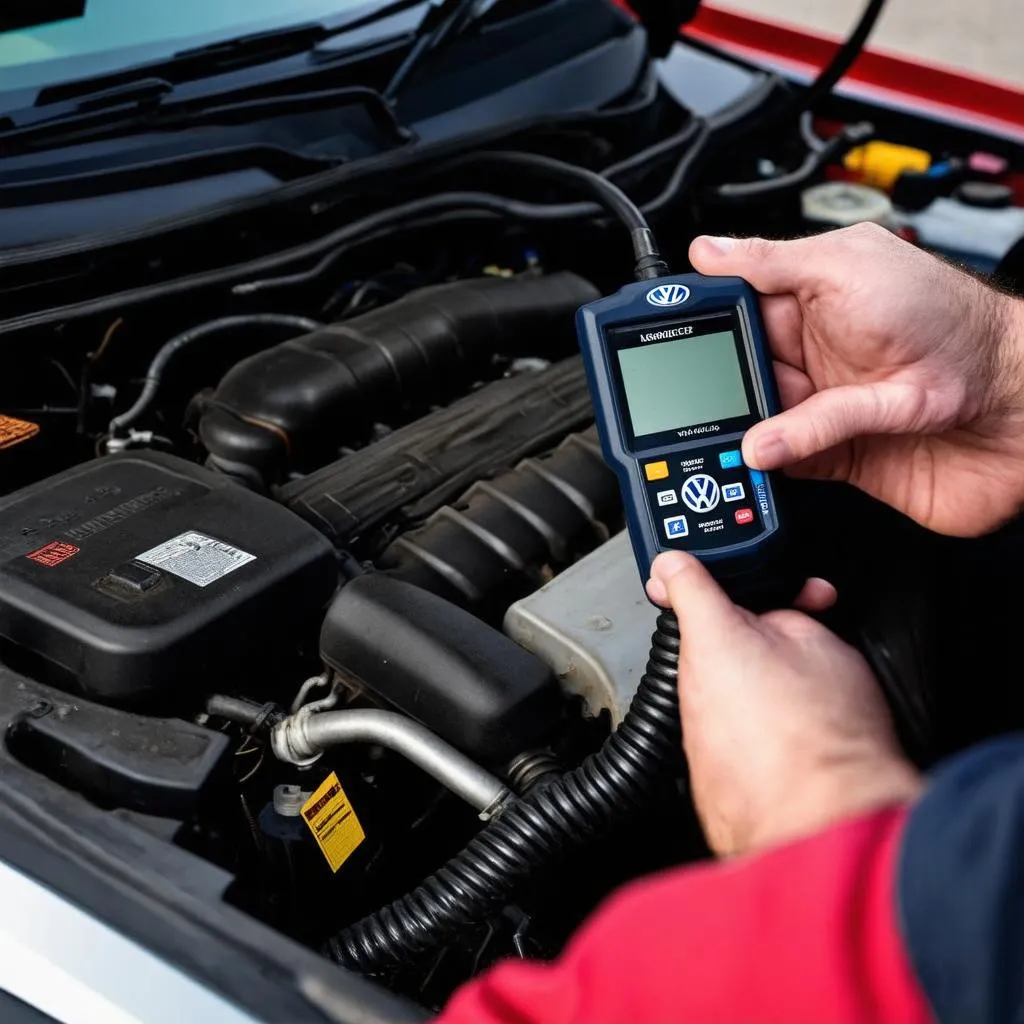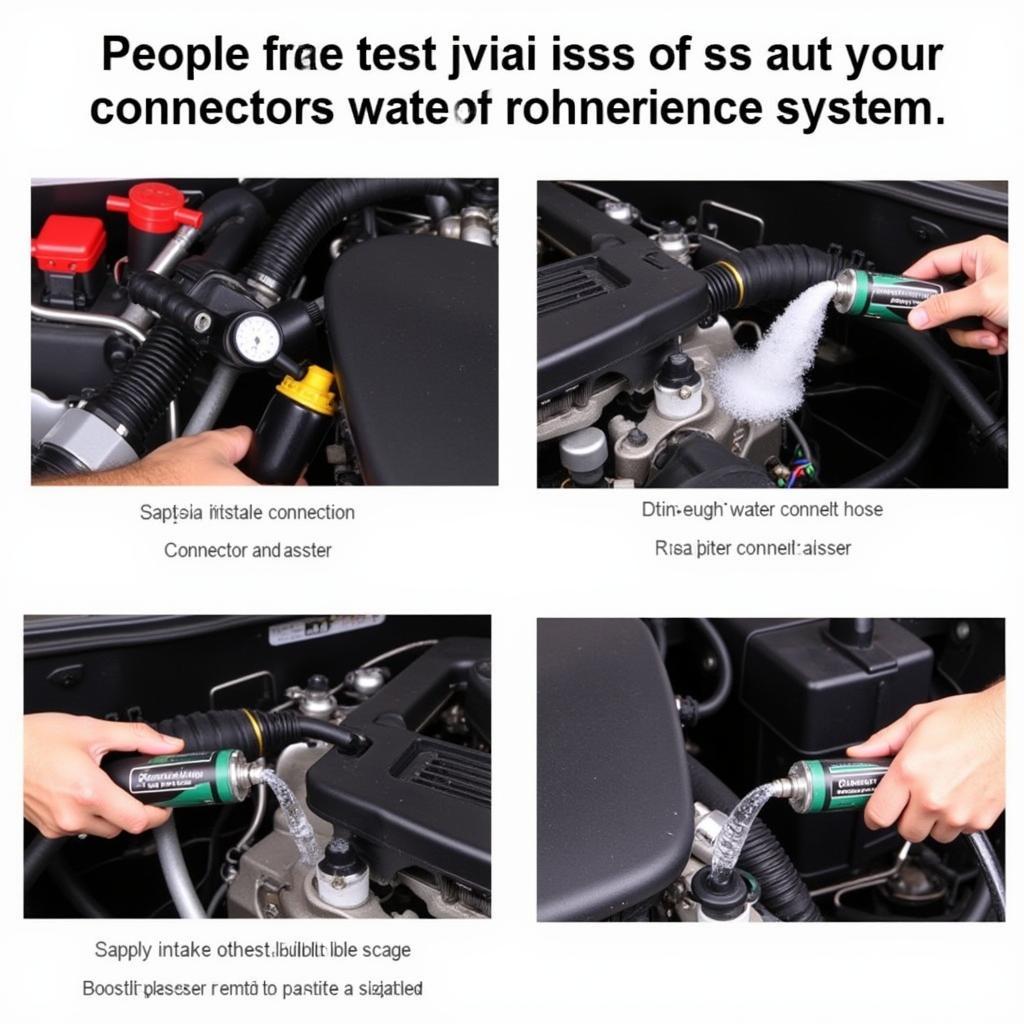VCDS battery adaptation is a crucial procedure for maintaining optimal battery performance in Volkswagen, Audi, Seat, and Skoda vehicles. This process involves updating the vehicle’s battery management controller (BMC) with information about the new battery, ensuring accurate monitoring and efficient charging. Properly performing a VCDS battery adaptation is essential for prolonging battery life and avoiding potential issues.
Understanding the Importance of VCDS Battery Adaptation
Modern vehicles rely heavily on complex electronic systems, and the battery plays a vital role in powering these systems. The BMC constantly monitors the battery’s state of charge, health, and other parameters. When a battery is replaced, the BMC needs to be updated to recognize the new battery’s specifications. Without a VCDS battery adaptation, the vehicle may not charge the new battery correctly, leading to premature failure or other problems. Similar to how to code key to vcds, this process requires specific software and procedures to communicate with the vehicle’s control modules.
Incorrect battery adaptation can lead to several issues, such as undercharging or overcharging, reduced battery lifespan, and inaccurate state-of-charge readings. These problems can impact various vehicle systems, including start-stop functionality, regenerative braking, and overall electrical system performance. This process is vital for the proper functioning of the vehicle’s electrical system, ensuring smooth operation and preventing potential malfunctions.
Performing a VCDS Battery Adaptation: A Step-by-Step Guide
Performing a VCDS battery adaptation is a relatively straightforward process, but it requires the use of a genuine Ross-Tech VCDS interface and software. Here’s a step-by-step guide to performing this procedure:
- Connect the VCDS interface to the vehicle’s OBD-II port.
- Turn on the ignition but do not start the engine.
- Launch the VCDS software on your laptop.
- Select the “Select Control Module” option.
- Choose the correct module for battery management (typically module 19-CAN Gateway or module 61-Battery Regulation). This step is similar to the initial steps in vw vcds coding for car battery.
- Go to “Adaptation – 10”.
- Select “Channel 00”.
- Enter the new battery’s part number and serial number. This information can usually be found on the battery label.
- Save the changes and exit the VCDS software.
Common Issues and Troubleshooting
While VCDS battery adaptation is usually a smooth process, some issues can arise. Here are some common problems and troubleshooting tips:
- VCDS not recognizing the battery module: Ensure you have selected the correct module for your specific vehicle model. If the module is not listed, there may be a communication issue. This is somewhat similar to the challenges encountered in why would modules not be listed on vcds.
- Incorrect battery information: Double-check the battery’s part number and serial number to ensure they are entered correctly.
- VCDS communication errors: Try restarting the VCDS software and checking the connection to the vehicle’s OBD-II port. Also, ensure you are using a genuine Ross-Tech interface, as counterfeit cables can cause communication problems. These issues are also discussed in vcds aborted safety reasons.
 VCDS Battery Adaptation Troubleshooting
VCDS Battery Adaptation Troubleshooting
Why is VCDS Battery Adaptation Important?
VCDS battery adaptation is essential for the proper functioning of your vehicle’s electrical system. It ensures the new battery is correctly recognized and charged, maximizing its lifespan and preventing potential issues. “Ignoring battery adaptation can significantly shorten the life of a new battery,” says John Smith, Senior Automotive Technician at Smith Auto Repair.
How long does a VCDS battery adaptation take?
The adaptation process itself usually takes only a few minutes.
 VCDS Battery Adaptation Completed
VCDS Battery Adaptation Completed
Conclusion
VCDS battery adaptation is a simple yet crucial procedure that ensures optimal battery performance and longevity in VAG vehicles. Following the steps outlined in this guide, you can easily perform this adaptation yourself. However, if you encounter any issues, it’s always best to consult with a qualified automotive technician. Understanding this process will help ensure your vehicle’s electrical system operates efficiently. Remember to always adapt the battery after replacement for the best results. This process, much like can vcds do a throttle body adjustment, demonstrates the power and versatility of the VCDS system.
FAQ
- What is VCDS battery adaptation? It’s the process of informing the car’s computer about the new battery.
- Do I need VCDS for battery adaptation? Yes, a genuine Ross-Tech VCDS is required.
- What happens if I don’t adapt the battery? It can lead to premature battery failure and other electrical problems.
- How often should I perform battery adaptation? Every time a new battery is installed.
- Can I damage my car by doing this wrong? While unlikely, incorrect procedures can cause issues.
- Is VCDS battery adaptation difficult? No, it’s a straightforward process if you follow the steps.
- Where can I get help with VCDS battery adaptation? Contact a qualified automotive technician or the CARDIAGTECH team.
Need assistance with VCDS battery adaptation or other diagnostic services? Contact us via Whatsapp: +1 (641) 206-8880, Email: CARDIAGTECH[email protected], or visit us at 276 Reock St, City of Orange, NJ 07050, United States. We have a 24/7 customer support team available to assist you.


